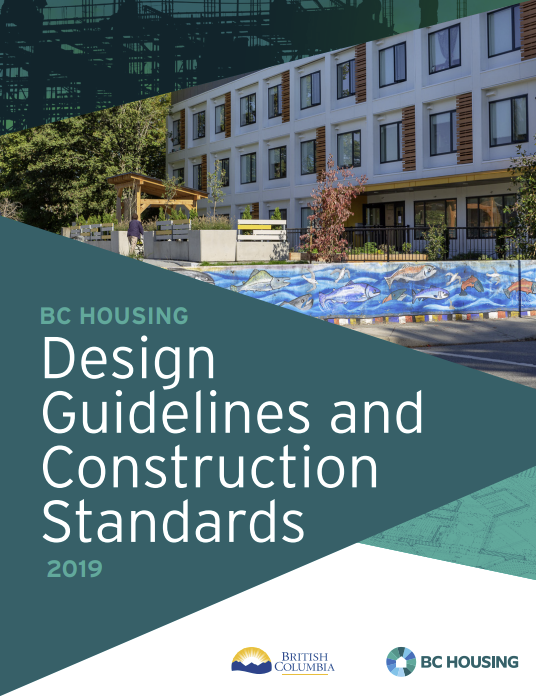The Complete Communities guide is intended to support local governments in advancing identified community goals through creating more complete communities. It focuses on the process of undertaking assessments to inform land use decision-making, including consideration of housing need, supply, and location; providing transportation options including increased walkability; and making connections to infrastructure investment and servicing decisions.
The guide is intended to be a resource that provides a pathway to elevating the conversation about complete communities in B.C., assisting in developing a scope of work to seek technical advisory services (if desired), and guidance for technical staff who are completing work “in-house”.








